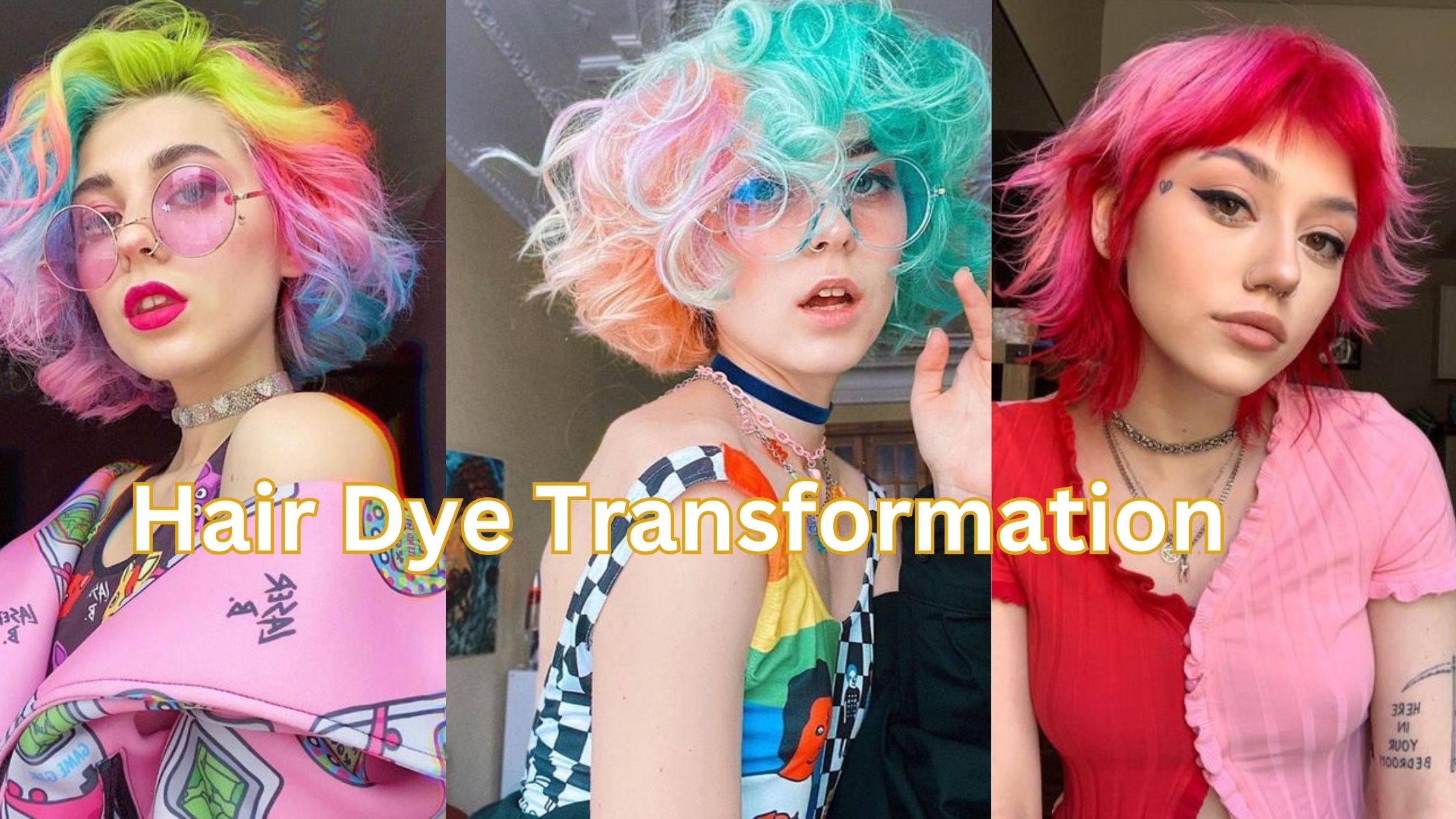“Dyeing natural hair is a creative and versatile process that involves using hair dye to change the color of your hair. Whether you’re looking to enhance your natural color, cover grays, or make a bold statement with a new shade, dyeing your hair allows you to express your personal style. This transformative beauty practice involves selecting the right type of hair dye, preparing your hair, applying the dye, and following proper care and maintenance techniques to achieve the desired look while maintaining the health of your hair. “Certainly, here are the key steps involved in the hair dyeing process:
Preparation
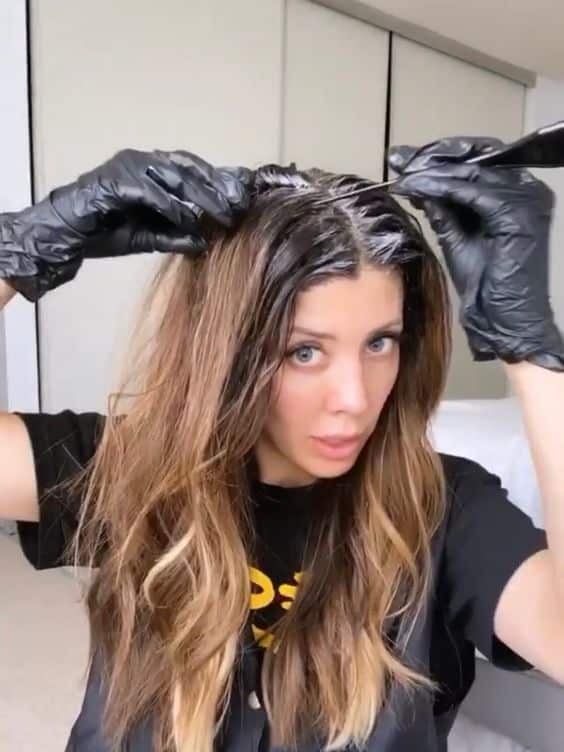
Assemble all necessary supplies, including the hair dye of your choice, disposable gloves, an applicator brush or bottle, a plastic or glass mixing bowl, a towel or old clothing you don’t mind staining, and a timer.
Read and understand the manufacturer’s instructions on the hair dye packaging, including any warnings or precautions.
Hair Washing
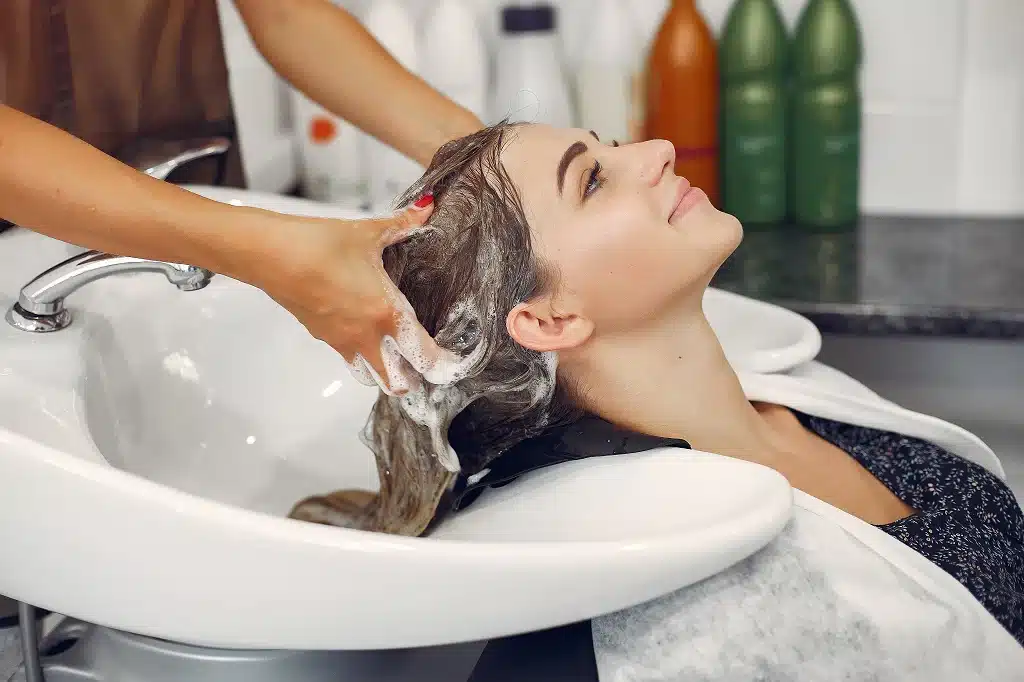
Use a clarifying shampoo a day or two before the dyeing process to remove any product buildup and natural oils. Clean hair helps the dye adhere better.
Avoid washing your hair immediately before dyeing as the natural oils on your scalp can act as a protective barrier.
Protective Measures
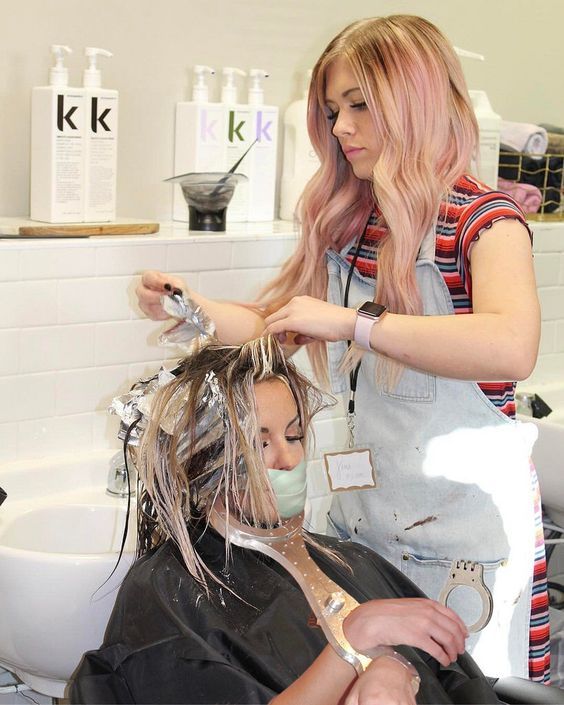
Wear an old button-up shirt or robe to avoid pulling a shirt over your head after dyeing. Apply a generous amount of petroleum jelly or a skin barrier cream around your hairline, ears, and the back of your neck to prevent staining on your skin.
Mixing the Dye
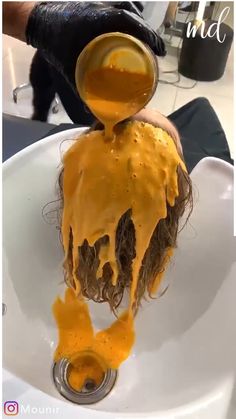
Follow the manufacturer’s instructions to mix the hair dye properly. Some dyes come pre-mixed, while others require you to combine a developer with the colorant.

Ensure that the mixture is thoroughly blended in a non-metallic bowl to avoid chemical reactions that may alter the color.
Section Your Hair

Use hair clips or hair ties to divide your hair into manageable sections. Start with four sections (front left, front right, back left, back right) and create more if needed.

This step ensures even application and prevents missed spots.
Application
Begin applying the dye at your roots, working your way toward the tips of your hair.

Use the applicator brush or bottle to apply the dye evenly. For root touch-ups, focus on the regrowth area first. Make sure every strand is thoroughly coated. Use a mirror or ask for assistance if necessary
Processing Time
Set a timer according to the recommended processing time specified in the instructions.

Avoid leaving the dye on for longer than recommended, as it can lead to uneven color or damage.
Rinsing

Once the processing time is up, rinse your hair thoroughly with lukewarm water until the water runs clear. Do not use hot water, as it can strip away the color and damage your hair.
Conditioning
Apply the provided conditioner or a color-safe conditioner to your hair.
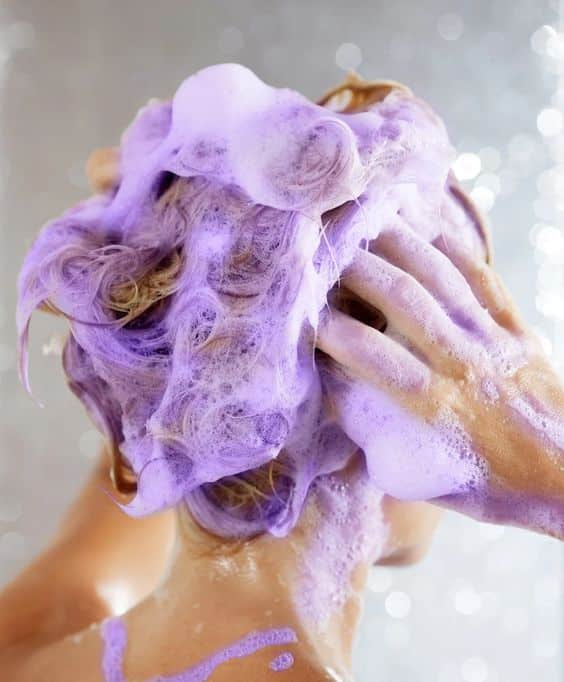
Leave the conditioner on for the recommended time, usually a few minutes, to help seal in the color and enhance hair health.
Drying and Styling
Gently pat your hair dry with a towel to avoid roughing up the cuticle, which can cause color to fade.

Style your hair as desired, but be cautious with heat styling tools, as excessive heat can fade the color more quickly.
Touch-Ups
Depending on the type of dye used and your hair growth rate, you may need to touch up your roots as they grow in. Follow the same process as before for touch-up applications.
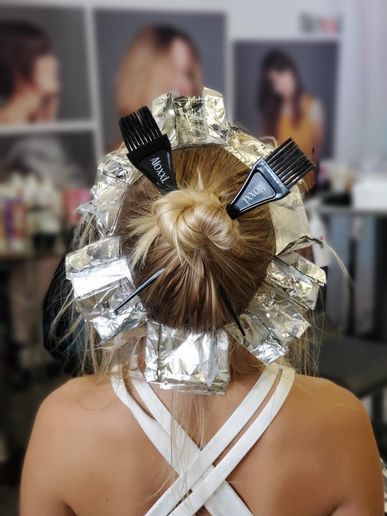
By following these detailed steps, you can achieve the desired hair color while minimizing the risk of uneven results or damage to your hair. Always remember to perform a strand test and conduct an allergy patch test as recommended by the dye manufacturer before proceeding with the full application.
Understanding Undertones

Undertones are the subtle hues beneath your skin’s surface. Warm undertones have hints of yellow or golden, while cool undertones have blue or pinkish tones. Neutral undertones are a mix of both. Choosing a hair color that complements your undertones can enhance your overall look and ensure your hair color appears harmonious with your complexion.
Chemical vs. Natural Dyes
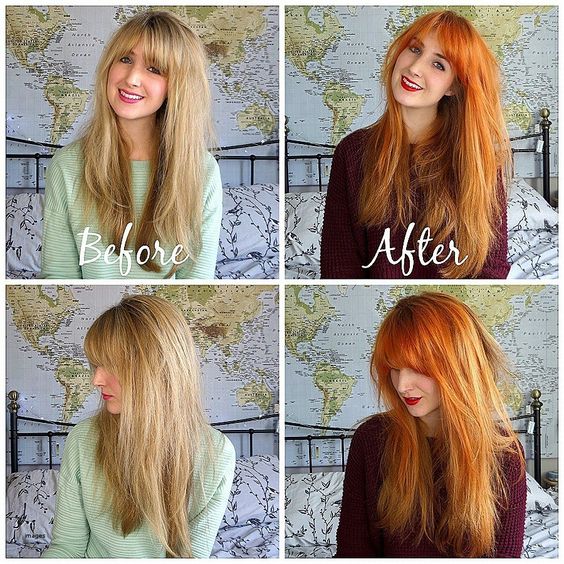
Chemical hair dyes, also known as synthetic dyes, contain synthetic colorants and chemicals to achieve various shades. Natural hair dyes, on the other hand, use plant-based ingredients like henna, indigo, or walnut husks to color hair. They tend to be gentler on the hair but may offer a more limited color range and may require more frequent application to maintain color.
Consultation with a Professional Colorist

A consultation with a professional colorist involves discussing your hair goals, natural hair color, skin tone, and lifestyle. They can recommend the best hair color options, techniques, and maintenance routines tailored to your specific needs.
Hair History Assessment
If you’ve previously dyed your hair, especially with darker shades or bleach, be aware that traces of previous color may affect the outcome of a new dye. A colorist can assess your hair’s history and recommend appropriate steps.
Temporary Dyes for Experimentation

Temporary hair dyes come in various forms, including sprays, gels, and wash-out colors. They provide a way to try out different colors without a long-term commitment. These dyes can be fun for special occasions or testing new looks.
Gray Coverage

Hair dye specifically designed for gray coverage often contains extra pigments to effectively cover gray hair. Consider choosing a shade that’s one or two levels lighter than your natural color for a more natural look.
Choosing a Developer Volume

Developers come in various volumes (e.g., 10, 20, 30, 40) and determine the strength of the hydrogen peroxide in the dye mixture. Lower volumes deposit color with minimal lift, while higher volumes can lighten hair significantly. Choose the developer volume that aligns with your desired outcome and the dye’s instructions.
Balayage and Ombre Techniques
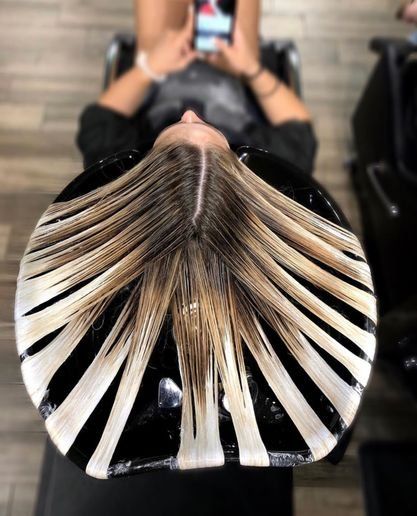
Balayage involves hand-painting hair sections to create a natural, sun-kissed effect. Ombre, on the other hand, creates a gradient from dark to light, often with a distinct line between shades. These techniques require precision and skill, so it’s advisable to seek a professional colorist for best results.
Bleaching and Lightening

Bleaching is a chemical process used to lighten hair significantly. It’s a crucial step if you want to go from a dark base to a light color. Bleaching should only be performed by a professional colorist to minimize damage and ensure even results.
Red Dye Considerations

Red hair dye can be vibrant and eye-catching but often fades faster than other colors. To maintain its vibrancy, use color-enhancing products and avoid excessive exposure to the sun and chlorine.
Sun Protection

UV rays from the sun can cause hair color to fade. Use UV-protectant products, such as leave-in sprays or hair serums, or wear a wide-brimmed hat when spending time outdoors to shield your hair from sun damage.
Maintenance Schedule
Plan regular touch-ups based on your hair’s growth rate and the type of dye used. Semi-permanent dyes fade gradually, while permanent dyes may require touch-ups to cover regrowth.
Color Wheel Utilization

The color wheel is a tool used in color theory to help you understand which colors complement or contrast with each other. Complementary colors are opposite each other on the wheel and can create striking contrasts when used together.
Hair Porosity:

Hair porosity refers to how well your hair absorbs and retains moisture and color. High porosity hair tends to absorb color more readily, while low porosity hair may need more processing time to achieve the desired shade.
Vivid and Pastel Colors

Achieving vibrant or pastel colors often involves pre-lightening (bleaching) the hair to create a blank canvas for the desired shade. These colors require regular maintenance to stay bright.
Age-Appropriate Hair Colors

“As you age, consider vibrant colors in youth, refined shades in adulthood, and graceful grays or timeless hues later. Choose a color that boosts confidence, aligns with your style, and consult a pro for the right shade at any age.”
Hair color choices evolve with age, from vibrant experimentation in youth to refined, natural tones in adulthood, and graceful gray acceptance in later stages. Ultimately, the best hair color is one that aligns with personal style, comfort, and confidence, regardless of age, with professional guidance as needed.



